Apr
22
Sustainable Development Goals
April 22, 2024 | | 1 Comment
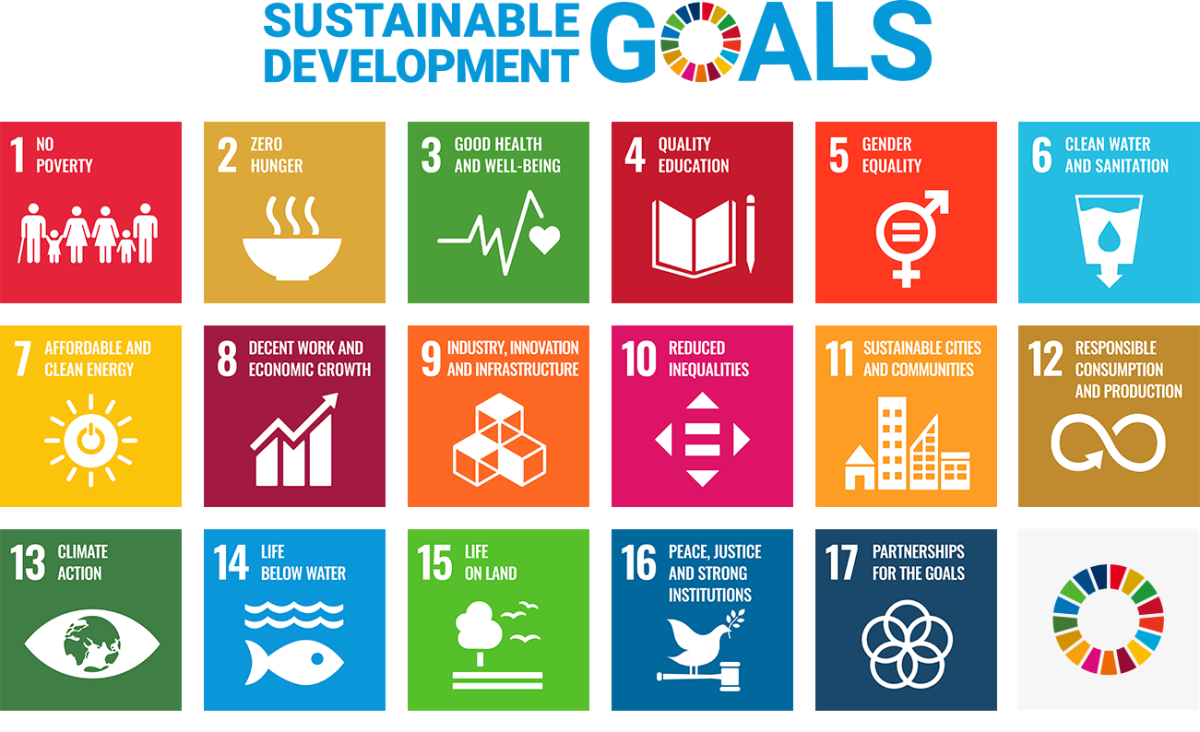
In the Middle East there is a complex issue in relation of how international and domestic factors can empower and hinder their ability make progress towards sustainable development. Domestic factors like weak institutions can limit aid from international organizations or other states themselves. This can be seen in Syria.
The 2023 earthquake that impacted both Syria and Turkey which resulted in Billions of dollars’ worth of damage and injures. International aid was necessary to rebuild. While aid was quickly sent to Turkey, aid to Syria was slower. One reason was because international organizations were concerned the aid would be used for other purposes. Due to the lack of strong institutions in Syria, other nations and NGOs did not want to send them aid. Having a crisis like an earthquake left Syria even more vulnerable to more crisis. As well, Turkey understood that if Syria does not get help, then more Syrians will seek asylum in Turkey. Turkey was able to convince the international organizations and the NGOs to send the aid to them and they will oversee sending the aid to Syria. They were able to create policies and negotiation with Syria that allocated the aid to only be used in certain ways, like rebuilding hospitals, schools, homes. This is only one example of how domestic factors, lack of strong institutions, prevents international factors, aid, from being able foster sustainable development.

Another issue international and domestic factors face is potable water. Specifically, SDG 6, which is about sustainable management of water. One such case was water scarcity in Kuwait. Due to the lack of rivers and lakes Kuwait has no access to freshwater. So, one method that Kuwait uses is desalination. Kuwait has been able to reach 100% potable water for all. Which is a great achievement for a country that has no natural resources. However, their levels of sustainability leave room for improvement. Domestic factors like willingness to cooperate directly impact how international factors or organizations can work. According to UN Sustainable development Goals website, Kuwait is not willing to cooperate with the UN on this SDG. It is likely that desalination is one reason. Desalination results in major concerns from environmental organizations is the salt that is taken out of the water is simply dumped back into the ocean. This results in the ocean water salinity to increase, impacting the ecosystem. Having domestic factors that hinder sustainable development makes it more difficult for international factors to even attempt to work. To create sustainable water management in Kuwait, the leaders need to be willing to follow the more costly or difficult methods and work with other nations to become more sustainable.
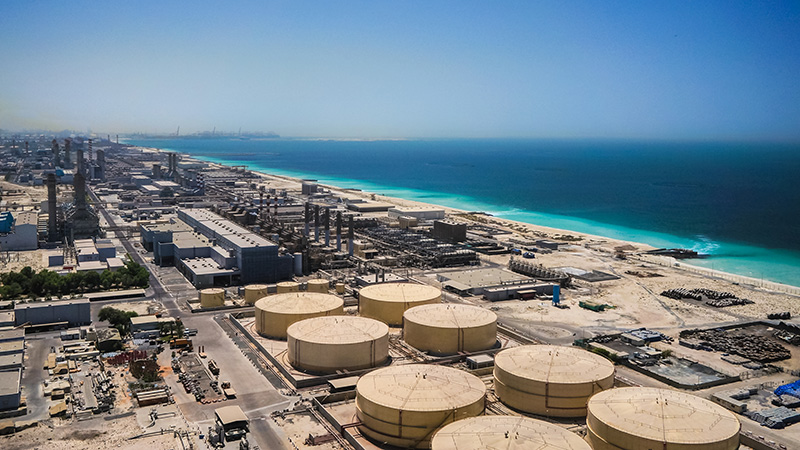
Finally, I noticed from my own research of Qatar and listening to other podcasts is, if a country does not want to make change it is difficult to facilitate said change. Many countries like the GCC states have enough money to buy any resources they need. In the future to have greater success over the SDGs there needs to be rules and parameters in place to hold states accountable.
Apr
1
Water Blog
April 1, 2024 | | 5 Comments
On average I use around 1287 gallons of water a day. This includes virtual water usage. This is lower than the average American who uses 1802 gallons of water. Some aspects of my life that help lower my water footprint are only having one load of laundry a week (sometimes two), not having a car (having to walk everywhere on campus), I have no animals at school, and I do not have a yard or garden to water here at Dickinson. Some things that increase my water footprint is that I love to shop (both in person and online), typically my showers are over 15 minutes, I have 4 indoor plants that I water once a week (they are pretty small, so they don’t need too much water). Compared to the average Americans, many do have cars which quickly increase their water footprint. As well, families tend to have way more loads of laundry. Especially when there are little kids so spill and get messy quickly, so they have multiple outfit changes in a day.
For many Americans, myself included, water has never been an issue. I grew up in western New York, surrounded by two great lakes, Lake Ontario and Lake Erie, and the New York

Finger Lakes in Upstate NY
Finger Lakes. The idea of not having access to fresh water is a foreign one. The first time I saw a desert was when I was 18. My family and I went on a trip to visit my aunt and uncle in Los Angeles. We flew into Phoenix and drove through the desert to the Grand Canyon then to Las Vegas. Ironically, it did down poor on our drive from the Grand Canyon to Las Vegas. While we were in Vegas, we visited the Hoover Dam. Looking at Lake Mead was probably the first time in my life I have been able to see global warming in action. Yes, it is easy to sit in a classroom and learn about climate change but to see the differences in water level was drastic.
Even though there are places in the US that have limited access to water. However, compared to many of the countries in the Middle East they have access to water. The per capita water usage for the US is 7800 liters a day (Water Footprint Network) . The only country that uses more water per person out of all the countries I looked at, including the Middle East, North America, and Western Europe, is the United Arab Emirates (UAE). The per capita usage is 8600 liters a day (Water Footprint Network). It is important to note that Bahrain, Qatar, Oman, and Iraq had no data available. It is likely that Qatar and Bahrain also have a high-water usage. I decided to look at per person water usage as I felt that it represented more accurately how much water is available for each person.
While looking at the water usage for different countries in the Arab Peninsula I noticed the drastic difference between Yemen and the UAE. Yemen’s total population is 18.5 million people, and they use around 17 000 million M3 of water a year (Water Footprint Network). The UAE’s population is much smaller at 3.33 million people but still use 10 000 million M3 of water a year. Per capita Yemen uses 2500 liters a day and UAE uses 8600 liters a day (Water Footprint Network). Water footprint is not the only difference between Yemen and UAE. Yemen is one of the poorest countries in the Peninsula. While the UAE does not have many natural means of getting fresh water, like Yemen, they are able to both purchase water and purchase the goods that use water (agriculture).
The UAE is working towards increasing their hospitality and tourism industries. This is significant to water usage as having access to fresh water is extremely important if you want tourist to visit your country or city. As well, needing access to goods that need water. With the wealth of the government, they are easily able to import any goods they do not naturally have access too. As well, the government could impose policies to help limit their water footprint, but in reality, it would hurt the country economically to do so.
Feb
19
Who are “others”?
February 19, 2024 | | 2 Comments
To be an “other” is to be an outsider. This typically means that the person or group of others is hard for the community to understand. For example, at Dickinson College I am a member of a Panhellenic sorority. If you ask people in Greek life about ritual events it is normal to them. It is part of their community—it is what they are used to. However, if anyone else who is not in Greek life would very confused and most likely think it is not normal. The “other” depends on whose side you are looking at. For me, I am an insider in Greek life, it is my community and my culture. However, for athletes or people who are not a member in Greek life my community is seen as the “others”. When there is a group of “others” typically you only see their one “thing” that makes them different and overlook any other identities the group may have. This type of “other” is a group of others, but still, there can be individual others.

My sorority sisters and I on Bid Day Spring 2024
Not only are there individual “others”, but there can be “others” within a group. This can happen for multiple reasons. The person could have cultural, financial, religious, etc. differences from the group they are in. As well, the person might just not fit due to personalities within the group. This can cause tensions within communities, and there can be tensions between groups due to the idea of each other being “outsiders”.
This is what happens in international politics at times. Two countries see each other as an outsider. The other country could have a different type of governments, such as a democracy, monarchy, theocracy, dictatorship. This can result in countries going to war or at least not being willing to work together on international treaties or policies. This is along the same idea that democracies don’t go to war with other democracies but go to war with non-democracies, and non-democracies go to war with everyone. This is because even though there might be other differences between democracies, they have a unifying factor of being a democracy.
Every time there is an “other” I think there is also a “same”. What I mean by this is that in the community there are people who have connections because not only are they a part of the same larger community, but because there is another unifying connection. This could be two people who play on the same athletics team in college, but they are also from the same hometown.
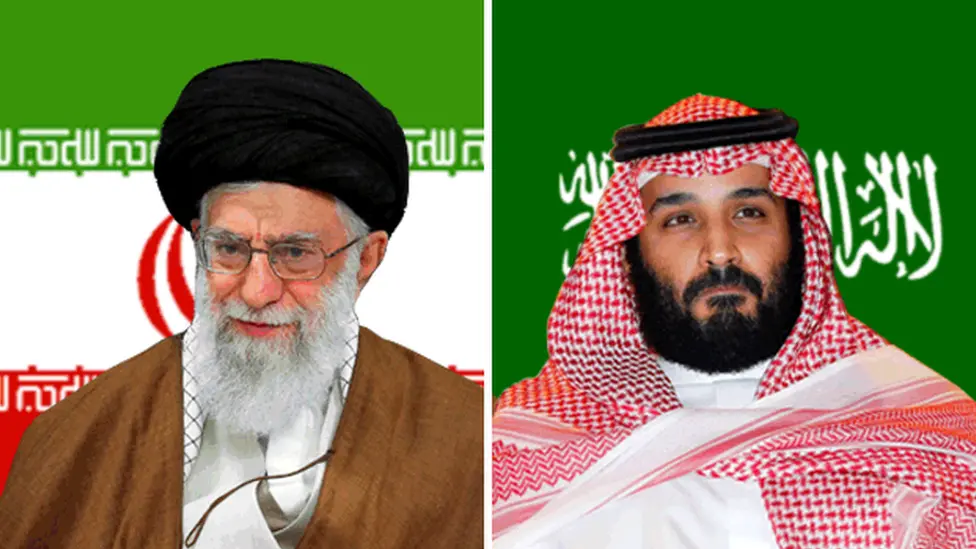
Politically the idea of “same” is why certain states are allies and “others” are why certain states are not allies. For example, in the Middle East Iran and Saudi Arabia are rivals as they see each other as different and others. In Iran the majority of the people are Shia Muslim and in Saudi Arabia the majority of the people are Sunni Muslim. As well, Saudi Arabia is a Sunni Islamic theocracy and Iran is a Shia Islamic theocracy. This is important because it is not just the Saudis and the Iranians citizens, but the leaders of the governments are different. The historic tensions between the two sects has continued today. Even though Sunni and Shia are both part of Islam there are enough differences between the groups that they see each other as “others”. There are additional reasons for Saudi Arabia and Iran to be rivals but religion is arguably only one of them.
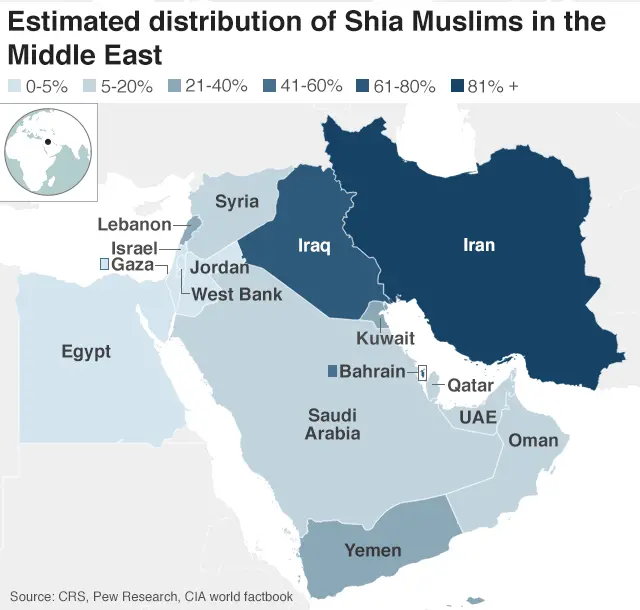
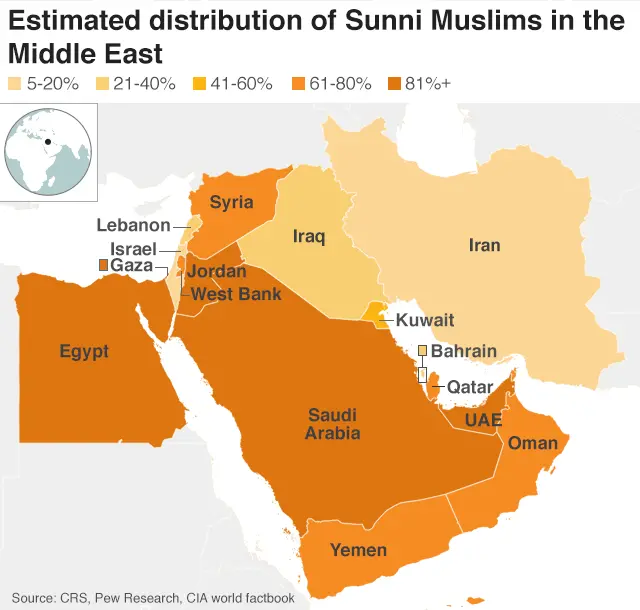
Feb
5
Where I Live; Where They Live
February 5, 2024 | | Leave a Comment
I grew up in a town very similar to where I live now. In fact, Pittsford, NY and Carlisle, PA are almost the same place but in different states. Both towns are certified historic towns. Pittsford was settled in 1789 but did not become popular until the Erie Canal was built. This allowed for the semi remote village to become interconnected with other cities and villages and quickly becoming a popular shipping port . Carlisle history, while slightly different, has similar aspects. Carlisle was established in 1751, played a role in the American Revolutionary war, the Whiskey Rebellion .

Carlisle, PA

Pittsford, NY
It is not just the history of the two towns that is similar. But the culture and aesthetic that is similar. Side by side are two photos of each of the towns. just looking at the photos it is hard to tell a difference. However, in person it is not much easier. During the fall of my freshmen year, a friend from home visited and she remarked how strange it was to be in a town that looks like the Village (that’s what we called downtown Pittsford) but not actually there. I think one of the reasons I fell in love with Dickinson was because it reminded me of my hometown. Pittsford is also a college town; Nazareth College is located roughly 1.5 miles down main road. So, it is a little bit farther down the street than Dickinson is, but it is still a college town.
However, compared to Sharjah, Carlisle and Pittsford are tiny specks of towns. Both in history and size. Known history of Sharjah goes back at least 5000. Which is about 4727 years older than Carlisle and 4765 years older than Pittsford. So, while my towns are considered “old” and “historic” for the United States of American when you compare that of the history and age of Sharjah it is little to nothing. Carlisle and Pittsford are both towns but relatively large ones, 22,203 and 30,346 respectively 22,203 and 30,346 respectively . While I knew that there was going to be a large difference in the populations, I was still surprised to see that 1,872,199 people live in Sharjah live in Sharjah . It would take around 84 Carlisles to make up the population of Sharjah.
At Dickinson, in my opinion the majority of students are from the United States of America but there is a relatively large population of international students. As well, almost all of the students here at Dickinson live on campus, either in dorms or apartments owned by the school. (insert a photo of a dorm). From my conversations with the AUS students, I believe that many of the students are originally from UAE and moved with their families to Sharjah or are from other countries and moved to Sharjah. As well, very few of the students live “on campus” or in dorms but live with their families. Possibly having to have around an hour of commuting to class. Which is a very different experience than I have where I live about a minute walk from Denny Hall where our class meets.
Culturally Carlisle and Pittsford are very different from Sharjah. The towns I grew up in are majority white, Christian, and English speaking. It is very common to have a few bars in the towns. In Sharjah, majority of the population is Arab, Muslim, and Arabic is the most popular language, but many people also speak at least a little English. As well, Sharjah is the only city in the Emirates to ban the sale, consumption, and possession of alcohol . Even though there are many differences culturally, when I was talking with the students in AUS, I found that we had more similarities than differences, at least in the brief conversations we had. I found that there was a common shared love of traveling, reading, the shows that people were watching.